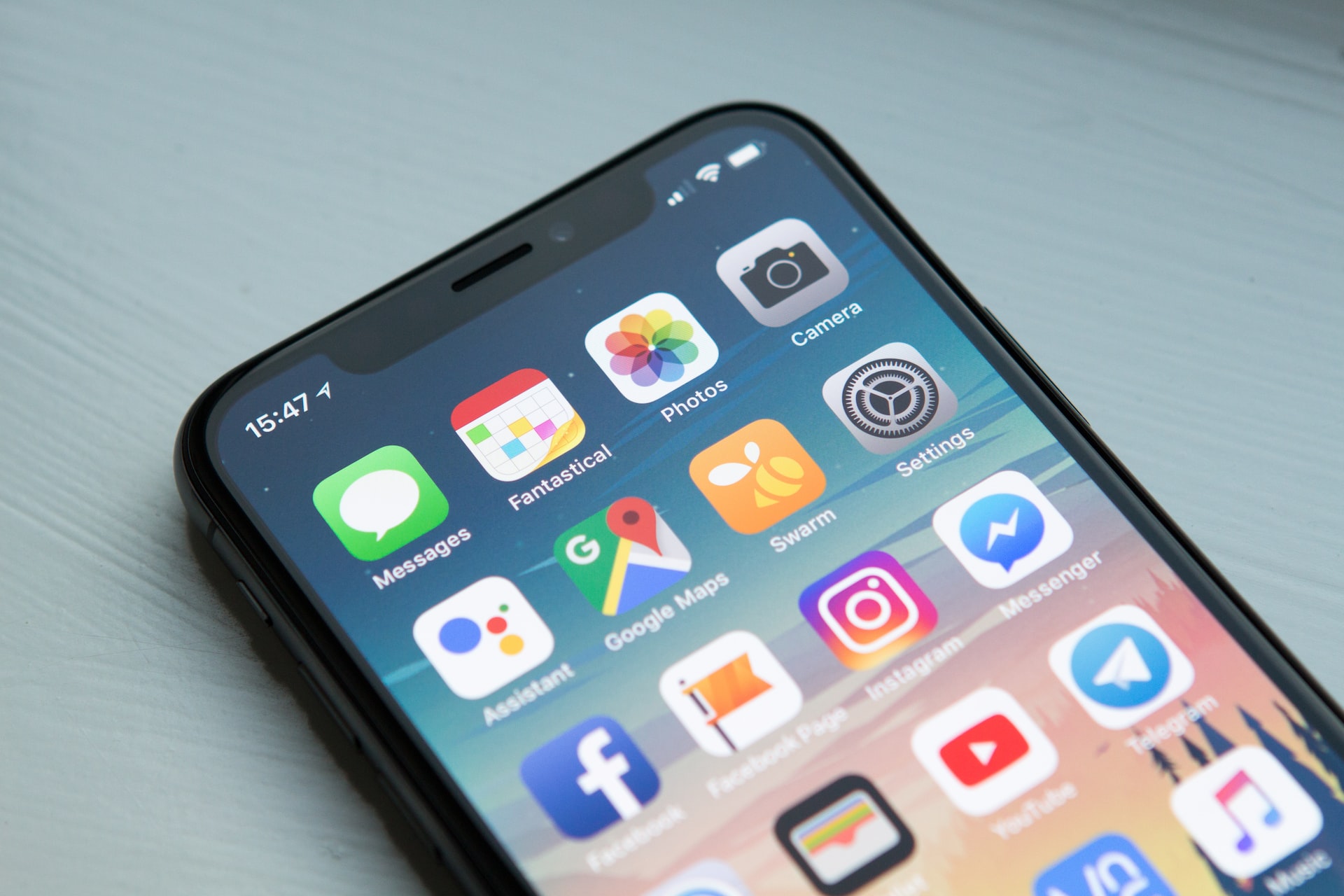The iPhone comes with a flashlight app, which is useful for instances when the user either needs to navigate in dark places or provide better lighting. The problem, however, is that at times the flashlight becomes disabled on its own.
So, why is my flashlight disabled iphone?
There are various reasons why this happens. Some of these include:
- Battery drainage
When there is too much battery drainage; or the battery life is too low, the flashlight automatically gets disabled to conserve energy. This happens because iPhones come with a sensor that automatically disables and enables specific apps depending on the level of charge in the phone’s battery and other factors such as ambient room light levels.
- The App Store settings glitch; or another app has taken over the flashlight
One of the easiest ways to fix this is by going into the iPhone’s settings and making sure that there isn’t another app currently running on the device that takes control of the flashlight.
Once you’ve found and disabled this app, your iPhone should automatically switch back to its own flashlight app.
If this doesn’t work, however, you might want to try:
- Downloading a flashlight app from the App Store and setting it as your default flashlight app. This might not automatically take control of the flashlight, but it should make sure that even if another app is controlling the flashlight, you’ll still be able to use this one.
- Using an external accessory such as a portable light like the Mighty Bright to use as a flashlight.
- Restarting your device
- Disabling and then re-enabling the flashlight: this is one of the most effective ways to get the iPhone’s flashlight back on . The problem, however, with this method is that there might be another app running behind the scenes controlling this feature even if it has been disabled.
- One of the best ways to deal with this is by restarting the iPhone. To do this, simply hold down the on/off button until you see “slide to power off” appear on your screen then slide it over and wait for a few seconds before pressing the on/off button again. This should reboot your iPhone. To get the flashlight back on, simply follow the steps below:
1. Launch your iPhone’s settings and go to General > Accessibility .
2. Locate the Vision section and tap on it. From there, locate AssistiveTouch and turn it on by tapping the toggle switch at the top of its menu screen next to its name.
3. Once the AssitiveTouch menu pops up, select Device > More Gestures… .
4. From there, enable Flashlight followed by Done . This will ensure that your iPhone’s flashlight doesn’t get enabled from any app or call that might accidentally activate it. At this point, your iPhone’s flashlight should be back on and should stay that way no matter what app runs on it.
5. To activate the flashlight, you can simply press your iPhone’s Home button three times in rapid succession. Pressing the button once should open up the AssitiveTouch menu while double-clicking on it will turn on/off your camera flash .
Conclusion:
In general, if you have a third-party app controlling the flashlight on your device, this will automatically disable it. Many times, however, apps running in the background might also affect the behavior of your iPhone’s flashlight so restarting your device is one of the most effective ways to fix these problems. If you have an iOS version below 7, you are strongly advised to upgrade it as this is the only way to fix the instability problems caused by some background apps.
If restarting your phone or updating your iOS version doesn’t work, you might want to try disabling and re-enabling the flashlight toggle on your device first. If none of these methods work, you should probably contact the company that made your phone or one of its support centers for further help.

